#norse ireland
Text
Sigginstown Pottage
One of the most basic dishes of the medieval period - and in any culture, pretty much - is the pottage. This is basically "stuff cooked in a pot with water", which is a very broad definition. This particular "recipe" is one that I think is straightforward enough, uses common enough ingredients, and is palatable enough that it was almost certainly made in pre-Norman Ireland (by statistical inevitability, if nothing else). I've given it the name of "Sigginstown Pottage" because I first made it at Sigginstown Castle, and it's useful to have a name by which to refer to it.
1 smoked pale ham, chopped into 1cm cubes
2 onions, chopped (or some celery, also chopped)
2 leeks, roughly chopped
6 carrots, roughly chopped
c. 500g pearl barley, bulgur wheat, or other likely whole grain
Water to cover
Put everything above into a pot, and simmer until the meat and grains are cooked. Taste and season with some black pepper if needed. Serve hot.
Some observations: Onion is the more "authentic" between it and celery, but both were available. I've been going easy on onions lately due to food sensitivities. Leeks are absolutely a period Irish food, and possibly close to a staple; they're mentioned a fair bit in texts.
The pale ham (I don't know if this is known outside Ireland; it's a small chunk of cured ham, which is pretty salty) provides enough salt that you shouldn't need to add any more. The smoking is pretty solidly attested in period by the number of bones we see with holes for hooks.
You'll see some people claiming that carrots only arrived in Ireland with the Normans, but there are carrot seeds in the archaeobotanic remnants from Viking Dublin, and there's an old Irish word, meacon, which denotes tap-rooted vegetables like parsnips and carrots, but is usually used for carrots. So I'm pretty confident in including these.
The end result is a very solid, stick-to-the-ribs kind of stew; good eating for colder weather or when you've been doing physical work. I've only ever cooked it in cast iron, and it turns out that if you leave the leftovers in the pot overnight, the combination of whole grains and iron results in a horrifically grey stuff, which still tastes fine, but looks absolutely awful. So eat it hot, and don't leave leftovers.
#pre norman ireland#pre norman irish cuisine#pre norman irish food#irish food#irish medieval food#sca#medieval cooking#medieval food#viking ireland#norse ireland#sigginstown#sigginstown pottage#barley#carrots#leeks#onions#ham#cast iron
41 notes
·
View notes
Text

Viking swords which were found alongside warrior burials at Kilmainham/Islandbridge, Dublin, Ireland
731 notes
·
View notes
Text

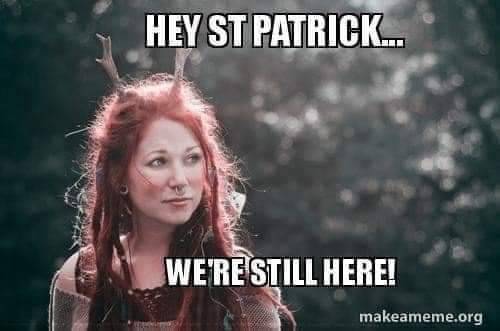
St Patrick's Day - a very very bizarre celebration indeed. A British and Roman priest who attempted to annihilate the Druids, conducted exorcisms to banish the great Irish faery deity Aine, who told lies about the faery, who claimed he threw Pagan women who would not convert into the ocean and they became mermaids, who "drove out the snakes" (the Pagan ways) and attempted to turn the great bright god Lugh into Lugh-chromain (Little stooping Lugh) which would become "lephrecaun". I adore the Irish. I revere Ireland. I have that old blood singing within my veins. But this day is a day to celebrate the survival of the Old Ways despite what this "Saint" represented and the cruel action he took. Today, I wear the green, for the fae, for the Old Ways, for the shining ones and the deep love of the land. Blessings to you all my friends. A blessing on the survival of the old ways, and of the Truth emerging from the distortions of history.
🇮🇪☘️🍀💚☘️🍀🇮🇪
#irish folklore#irish history#irish#viking#pagan wicca#pagan#pagan witch#heathenry#heathen#vikings#fae#fairycore#green witch#night fae#mermaid#history#wiccan#magik#st patricks day#country living#celtic#forest witch#norse#ireland
100 notes
·
View notes
Text
Past Scotland: you know, sometimes, it just feels nice to be wanted.
North, gesturing hysterically towards his wanted posters: NOT BY THE LAW.
@winterwrites23 posting this while I should be working on my essay on welfare (something north aint ever gonna get)
#hetalia#Outlander AU#SoT#incorrect quotes#SoT incorrect quotes#hws northern ireland#hws scotland#also I researched more of the origins of SoT characters' names because I suddenly got invested#'Alistair' is the anglicized version of 'Alasdair' which is the Scottish version of the Greek name 'Alexandros'#which means 'protector of men' or 'defender' and I think that fits his character well lol#aaand 'Kirkland' is a mix of the Old Norse word 'kirkja' (church) and 'land' so the surname means 'land of the church'#so far I've done all the brothers and both north and scotland's 1743 aliases as well as the clansmen :)
20 notes
·
View notes
Text
cursing Molly with a human best friend who will eventually die
#her name is Frida she’s Norse but lived in Dublin in the 9th century with her husband Asger :]#Asger and Sigurd both went out on a voyage for the spring/summer and Molly and Frida became friends#Sigurd was gone for the summer when Molly found out she was pregnant with Ida and Frida is genuinely the only reason she didn’t have a full#On panic attack when she found out#And then somehow convinced Molly to stay with her until their respective husbands got back#Frida framed it as “I only have my kids to talk to and I’m going to go insane if I don’t have an adult to regularly speak to”#So Molly would think she was helping out but she was also lightly aware that Frida was just doing this to keep her around to watch after he#Also the one who pointed out to Molly when the guys are gone for the summer u get to be completely in charge and need to make the most of i#anyway#hws ireland#hetalia
8 notes
·
View notes
Text
GREAT BRITAIN & WEST EUROPEAN RESOURCES
The Anthropological Masterlist is HERE.
Great Britain is a European island in the North Atlantic Ocean. It is the largest island in the world.
ARTHURIAN ─ “The Matter of Britain, or the Arthurian cycle, is a medieval European body of literature.”
─ Arthurian Information
─ Arthurian Sources
─ Arthurian Texts
CORNWALL ─ “The Cornish people are a Western European people. They are native to Cornwall.”
─ Cornwall’s Stones
─ Cornish History
─ Cornish Dictionary
ENGLAND ─ “The English people are a Germanic people. They are native to England.”
─ Middle English Literature
─ English Folklore
─ The English Renaissance
ICENI ─ “The Iceni, or Ecini, were a Brittonic people that lived from the British Iron Age to the early Roman era. They lived in modern-day Norfolk.”
─ Iceni Information
IRELAND ─ “The Irish people are a Western European people that share the Irish culture. They are native to Ireland.”
─ Irish Folklore & Mythology
─ Irish History
─ Irish Language
MANX ─ “The Manx people are a West European people that share the Manx culture. They are native to the Isle of Man.”
─ Manx Information
─ Manx History
─ Manx Language
ORKNEY ─ “Orkney, or the Orkney Islands, is a European archipelago. It is located in Scotland.”
─ Orcadian Information
─ Orcadian Culture & History
SCOTLAND ─ “The Scottish, or Scotch, people are a European people. They are native to Scotland.”
─ Scottish Folklore
─ Scottish History
─ Scots Language
WALES ─ “Welsh people are a Western European people that share the Welsh culture. They are native to Wales.”
─ Welsh Culture
─ Welsh History
─ The Four Branches of the Mabinogi
Western Europe is a European region that constitutes the western part of the European continent. Great Britain is also considered part of Western Europe.
BELGIUM ─ “The Belgian people are a Western European people that share the Belgian culture. They are native to Belgium.”
─ Belgian History
─ Belgian Timeline
DUTCH ─ “The Dutch people are a West Germanic people. They are native to the Netherlands.”
─ Dutch Literature (in Dutch)
─ Dutch Folklore
─ Dutch History
FRANCE ─ “The French people are a Western European people that share the French culture. They are native to France.”
─ French Culture
─ French History
─ French Dictionary
FRANKS ─ “The Franks were a Germanic people. They lived between the Lower Rhine and Ems River.”
─ Frankish Information
─ Frankish Information
─ Rise of the Franks
GERMANIC NEOPAGANISM ─ “Germanic Neopaganism, or Heathenry, is a Pagan religion. It originated in Europe in the early 20th century C.E.”
─ Germanic Neopagan Information (in German)
*MEDIEVAL EUROPEAN ─ “The Middle Ages, or the Medieval Period, was a European period of time from the 5th century C.E. to the 15th century C.E.”
─ Medieval Culture
─ Pliny’s History of the World
─ Medieval Military History
NORSE ─ “The Nordic, or North Germanic, people are a Germanic people. They are native to the Nordic region of Europe.”
─ Vikings of Denmark
─ Norse Mythology
─ The Edda
SWEDEN ─ “The Swedish, or Swede, people are a Germanic people. They are native to Sweden.”
─ Swedish Culture
─ Swedish History
─ Swedish Dictionary
* - The Medieval European period was not just a Western European period of time. It was also part of many other European histories.
#resources#great britain#west europe#arthurian#cornwall#england#iceni#ireland#manx#orkney#scotland#wales#belgium#dutch#france#franks#germanic neopaganism#medieval european#norse#sweden
164 notes
·
View notes
Text

Hill of Tara - Ireland
#Hill of Tara#Ireland#Wanderlust#2023#Travel#traveling#travel blog#ireland photos#ireland photography#sacred#relic#norse paganism
7 notes
·
View notes
Note
2 and 44 for the ask thingy in ur pinned :v
2. I'm 16 years old :) i didn't really wanna say my age in case ppl wouldn't take me seriously but oh well 😅
44. My favourite aesthetic? I don't know about aesthetic but I know what gives me the most vibes is like dark stormy sort of north west Pacific images? If that makes sense. I'll throw a few pics in.

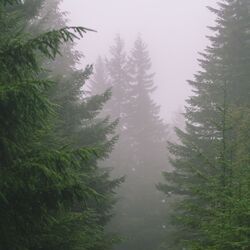
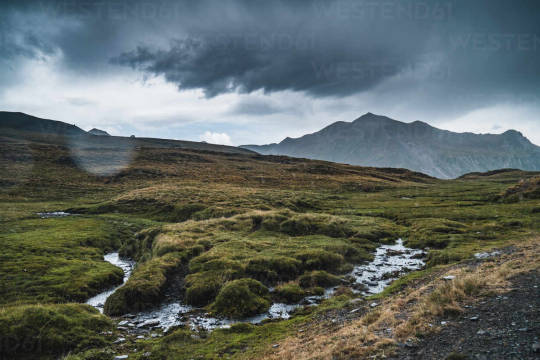

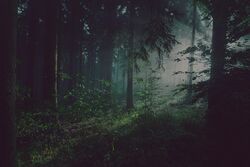
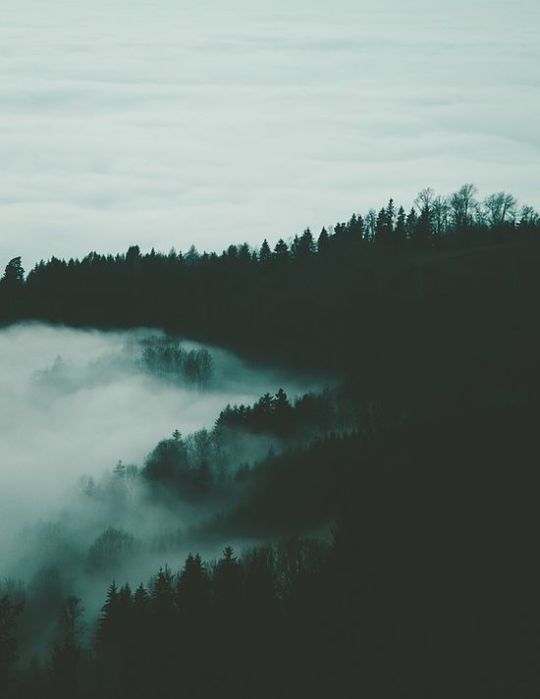

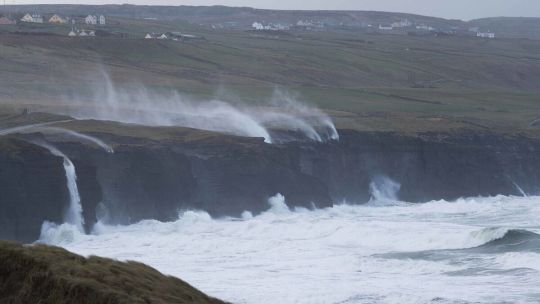
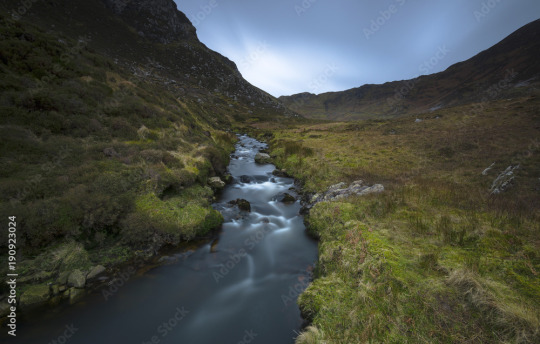
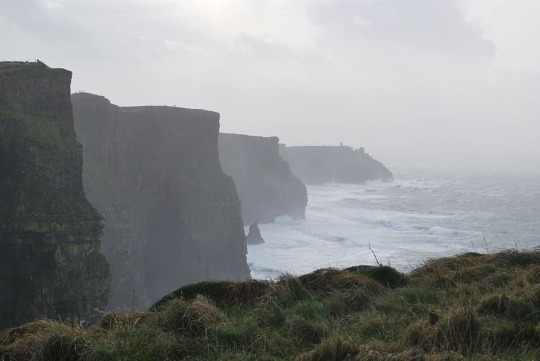
I'm probably the 1% in my area who likes this aesthetic seeing as I pretty much live in it, everyone else wants to go to Spain 😂 but idk, I live for this vibe. I didn't even find the right pictures. Anything sort of Scandinavian rough seas and stormy cliffs - they just bring me to my childhood from going on forest walks in this kind of weather to seeing it in movies like how to train your dragon and song of the sea.
Also while googling these photos, I've learnt the aesthetic is called "gloomcore" and "dark naturalism"
Thanks for the ask 🤗
#gloomcore#dark nature#dakr naturalism#aesthetic#aestheitcs#vibes#httyd#how to train your dragon#song of the sea#cartoon saloon#ireland#iceland#norse#nordic
37 notes
·
View notes
Text
i love self-identified norse pagans/eclectic pagans/wiccans talking about how st patrick’s day celebrates the colonisation of ireland. it’s so hilariously ironic.
#bc wicca was created by an english man & aside from norse pagan revival being predominated by nazis & white supremacists#the vikings raided & massacred ireland
3 notes
·
View notes
Link
I should have posted this AGES ago!
The next chapter of At Hel’s Edge is up on Webtoons (please subscribe, even though they are garbage about alerts). @rauko-art ‘s beautiful work deserves so much more attention! And I am pretty proud of the story, as well.
Please reblog and let me know if you want to be on the taglist (or are supposed to be and I forget. I am very disorganized lately and I apologize for it.).
@caffiend-queen @myoxisbroken @dianamolloy @dangertoozmanykids101 @wrathkitty @piggledy-higgledy @i-stand-with-loki @joyfullymassivewhispers
#at hel's edge#webtoon#loki webtoon#norse loki#myth Loki#norse mythology#vikings#ireland#loki and sigyn
24 notes
·
View notes
Text
Pre-Norman Irish Food: Evidence & Ingredients
(The text of this post is largely copied from an issue of my food newsletter, Commonplace. I've edited a little for clarity.)
For evidence, we have a few bits of mostly poetic writing, a good chunk of law texts, some written observations by visitors from abroad, some archaeobotanic and arachaeozoologic remnants (seeds, pollen, bones, shells; mostly in middens), some implements and vessels, some burnt material, some small aspects of food preparation and cooking area layouts from archaeology, and some knowledge of when various foodstuffs came into use in other places, mostly Great Britain and Scandinavia. That actually adds up to quite a lot.
There’s also been some very valuable work done in neighbouring cuisines - the principal work here is An Early Meal - a Viking Age Cookbook & Culinary Odyssey, by Hanna Tunberg & Daniel Serra. Since most (possibly even all) of the larger settlements in pre-Norman Ireland were Norse, this is not so much neighbouring as overlaid, and indeed, given that many of the archaeobotanic investigations were in those settlements, some of my data may be biased toward Norse culinary culture. I do have data from monastic settlements as well, though, which were pretty definitively non-Norse.
The law texts are an interesting bit here. The book I’m mostly drawing from is Fergus Kelly’s Early Irish Farming, an excellent work which picks through many medieval Irish law texts for information about agriculture, apiculture, and other food producing practices. It is a book very much worth reading, if you are interested in such matters. Kelly is actually a law historian, not a food historian at all.
The principal texts which he uses are the 7th century Críth Gablach, which deals with rank and privilege, the 8th century Bretha Comaithchesa, which deals with judgements concerning neighbours and trespass, and the Cáin Aicille, the law of clientship and patronage, also from the 8th century. It is worth bearing in mind here that these texts are primarily lists of precedent and accounts of judgements, rather than laws which were set forth in principle. So there’s a degree to which - despite the downright weirdness of, say, laws for the trespass of bees - they are descriptive rather than prescriptive.
Annoyingly, we know the name of a law text concerning the sea and fishing - Muirbretha - but the actual text is lost. References from elsewhere make it clear that salmon, trout, and eels were eaten, but that’s almost all the information that’s available. Given the later Irish antipathy toward seafood, and its association with fast days and poverty, this is a particularly galling gap in the information.
There’s all sorts of information from these texts, some more detailed than others. The comparative value of grain, for example, was a matter with which the law was very much concerned, and so the 8th century Bretha Déin Chécht gives this order of precedence in descending order: bread-wheat, rye, spelt-wheat, two-row barley, emmer wheat, six-row barley, and oats. Several of the terms used in the list are words whose finer distinctions have been lost - so two-row and six-row are guesses, and the identity of rúadán (roo-ah-dawn, emmer wheat in this list) has been extensively debated. The one thing it is definitely not (but which some people have proposed) is buckwheat, because that wasn’t introduced to Europe until the 13th century, and isn’t a grain.
Similarly, there are translation issues with other texts. There are references to ríglus , tarblus, and aithlechlus, translated approximately as “king’s herb”, “bull’s herb” (that is, for the cattle-owning people), and “plebian herb” - but we have no idea what plants they actually were.
Achaeozoology can tell us a little about preparation as well as what was eaten, and tell us some things that the texts cannot - the age at which animals were slaughtered, for instance. Remains from the Moynagh crannóg in Co. Meath indicate that most cattle were under three years old. Similarly, holes in sheep bones - the scapula in particular - found in excavations indicate that the meat was hung, presumably for curing in some way. It is difficult, particularly in archaic breeds, to tell sheep bones from goat bones, so it’s pretty likely that goat was eaten in the same way. Pork was even more frequently hung for curing, as evidenced by holes in pig bones.
There is definite evidence from 11th century - still primarily Viking - Dublin of plums and walnuts, which were very likely imported. There’s little to no evidence of them elsewhere or in previous periods, although, as often quoted, absence of evidence is not evidence of absence.
The grain usage from the law texts is generally supported by what’s been found on sites, with the odd addition that rye is considerably more present in ruins and remnants than it was in law. Rye actually grows pretty well in the modern Irish climate, and would likely have done well in the early medieval era too. Grain usage also varies a great deal from site to site, which does make it difficult to draw broad conclusions.
There is also evidence of mustard seed, radishes, hazel nuts, blackberries, sloes and elderberries, none of which except hazel nuts are definitively mentioned in texts as far as I’m aware. Hazels don’t have the same significance here as they did in earlier periods, but they were still an important foodstuff (and coppicing timber).
Some plants we don’t consider as crops at all may have been grown as such in pre-Norman Ireland - Michael Monk lists Goosefoot (a relative of quinoa) and Knotweed as possibilities for this. Seed remains of both have been found in considerable quantities in sites in Drogheda and Dublin, more than would be supported by their presence as weeds.
There’s a fantastically useful paper by Susan Lyons called Food plants, fruits and foreign foodstuffs: the archaeological evidence from urban medieval Ireland, which provides a lot of information on what has been found. Picking through that, I’ve found references to: Wild cabbage, Radish, White mustard, Grape, Wild cherry, Apple, Field pea, Common vetch, Broad/horse bean, Flat pea, Dead nettle/mint, Carrot family, Poppy, Hop, Fig, Water pepper, Sloe/blackthorn, Plum/bullace, Pear/apple, Haw, Raspberry, blackberry, Wild strawberry, Whortleberry/cranberry/bilberry (noting that cranberries at least are a New World plant), Wild/cultivated celery, and the Garlic-onion-leek continuum.
The reason that a number of those aren’t terribly certain is that it can be very, very hard to tell particular seeds in a close family apart, and it’s mostly seeds that survive. Obviously, with figs and grapes appearing on the list, some of these have been imported - but that still means they’re in the food culture.
#pre norman ireland#pre norman irish cuisine#pre norman irish food#irish food#irish medieval food#sca#medieval cooking#medieval food#viking ireland#norse ireland
5 notes
·
View notes
Text
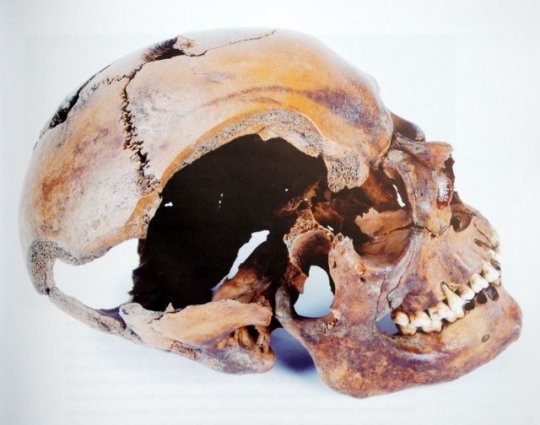
Human skull with evidence of a severe sword blow/cut from Viking Age Dublin (Fishamble Street), After death the head appears to have been impaled on a spike (photo after National Museum of Ireland)
157 notes
·
View notes
Text
Take the silly monster horses
Can you believe it guys? Christmas! Just a week away.
My 6 followers are eating good this nondescript holiday. With such an occasion, I bring you silly mlp ocs-
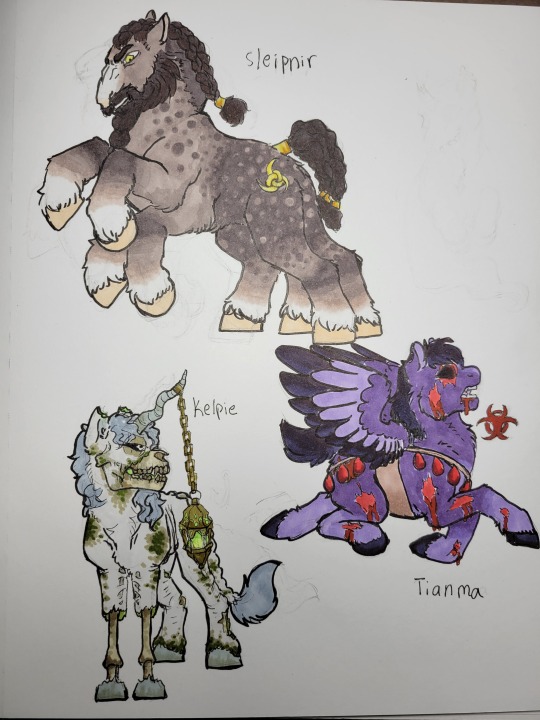
#my little pony#my litte pony friendship is magic#mlp oc#mythology#norse mythology#sleipnir#fanart#mlp art#mlp fim#kelpie#folklore#ireland#scotland#chinese#chinese mythology
2 notes
·
View notes
Text
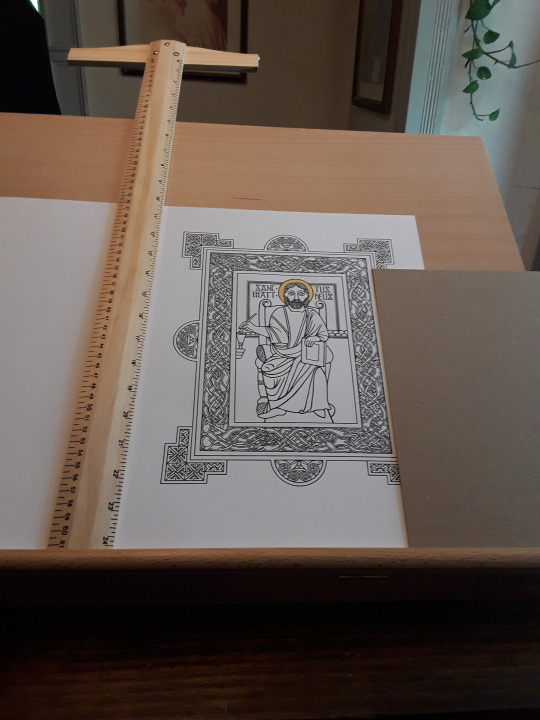





Painting out an icon page. Gold leaf goes first, then it's just adding color by color. This one is the St. Matthew icon page, 11" x 14" on cotton paper.
#celtic#celtic art#books & libraries#history#leatherbound#medieval#tumblarians#ireland#viking#norse#book of kells#gospel#biblevisuals#illumination#illuminated manuscript#leather bound#bookbinding#book art#design
31 notes
·
View notes
Text
Known for being the first man to unite medieval Ireland, Brian Boru rose above the 150 kings of Ireland and opposition from Norsemen, to become the High King of Ireland in 976.
52 notes
·
View notes
Note
What’s Éire up to in the Viking era. Specifically the Battle of Clontarf?



he's about to kick some ass and get his ass kicked in return
(sorry for taking so long I don't draw comics very often and I started a bit too ambitious jsdklds)
#countryhumans#countryhumans eire#countryhumans ireland#countryhumans norse#countryhumans vikings#countryhumans kindgom of dublin#countryhumans kingdom of leinster#countryhumans kingdom of the isles#countryhumans earldom of orkney#ask
25 notes
·
View notes